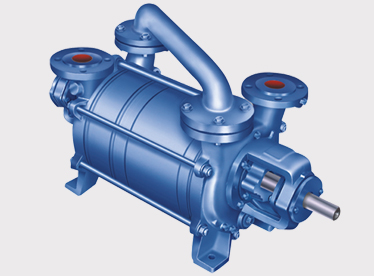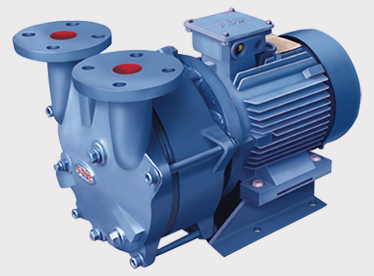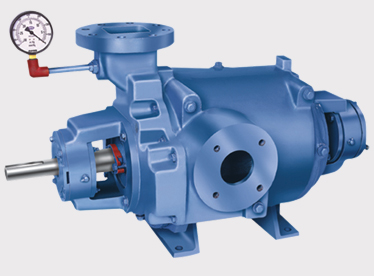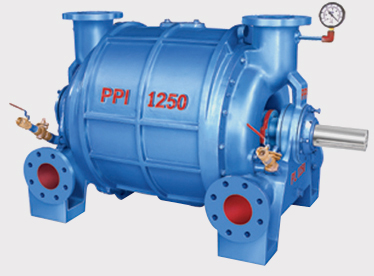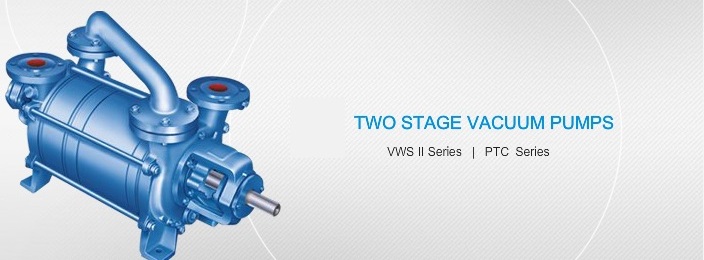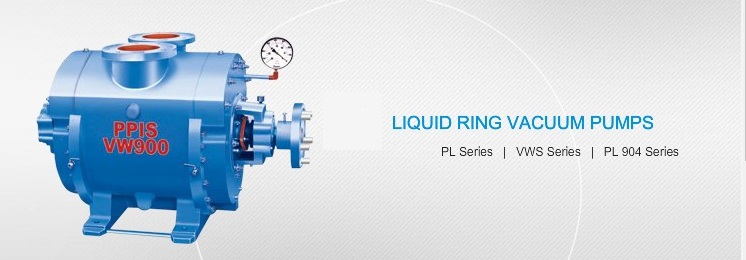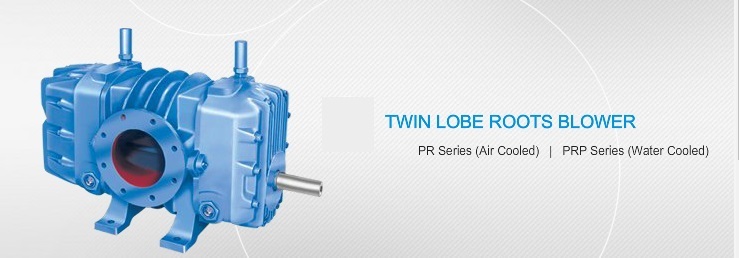WelcomeTo
PPI PUMPS PVT LTD
A vacuum pump is a device which was invented in 1650 by Otto von Guericke. Its main function is to remove gas molecules from a sealed volume and leave a partial vacuum behind. Basically, it is used to pull out air and gases from a sealed or confined space due to which the space is left out of any gas and air molecules. They are used in various applications like cleaning, sealing etc. Performance Measures The performance is measured on the most important factor which is its pumping speed. The pumping speed refers to the volume flow rate of a pump at its inlet, often measured in volume per unit of time. The pumping rate is different for each type of pump and the gases being pumped. Depending on the chemical composition of the gases remaining in the chamber, the average volume flow rate of the pump varies. Another factor which signifies the performance level is throughput which means pumping speed multiplied by the gas pressure in the inlet. Number of molecules pumped out of per unit time at a constant temperature is known as throughput. How Does It Operate? It removes the air from the enclosed system by suction to progressively decrease the air density within the confined space so that vacuum is created. It evacuates the air contained within a system due to which the mechanical input energy of a rotating shaft is converted into pneumatic energy. The internal pressure level in a sealed volume becomes lower than that of the outside atmosphere. The amount of energy produced depends on the volume of gas or air removed and the produced pressure difference between internal and external atmosphere. Uses They are used in various medical and scientific applications in many industries like cement, pulp & paper, sugar mills, process industries & power plants, chemicals, pharmaceuticals, treatment plants etc. In a general sense two or more types of pumps are used in an industry which can create high level of vacuum in a confined space. Below mentioned are some of the industrial uses:- Automobile industry While producing electric lamps and tubes where the device is evacuated and then is refilled with particular gas or mixture of gases Medical processes which require suction Analytical instrumentation which analyzes solid, gas, surface, liquid and bio materials Semiconductor processing such as ion implantation, dry etching, and in the deposition of PVD, ALD, CVD and PECVD Electron microscopy Medical applications which require suction like radiotherapy, radiosurgery and radiopharmacy. Ophthalmic coating Vacuum coating and engineering is required for decoration, durability and energy saving. Glass coating Mass spectrometers which can create ultra high vacuum levels between the detector and the ion source Sewage systems Trash compacting Different types, uses and applications are find with this equipment in variety of industries. Basically, there are three types of vacuum pumps, positive displacement pumps, momentum transfer pumps also known as molecular pumps and entrapment pumps which are further classified into liquid ring, single cone, close couple and chemical process pump.
Over Events
Our All Products
